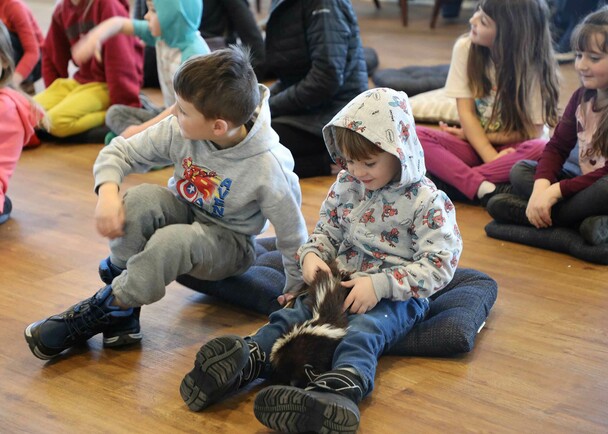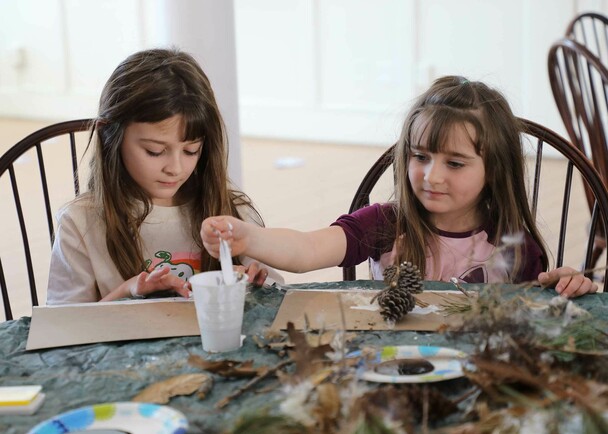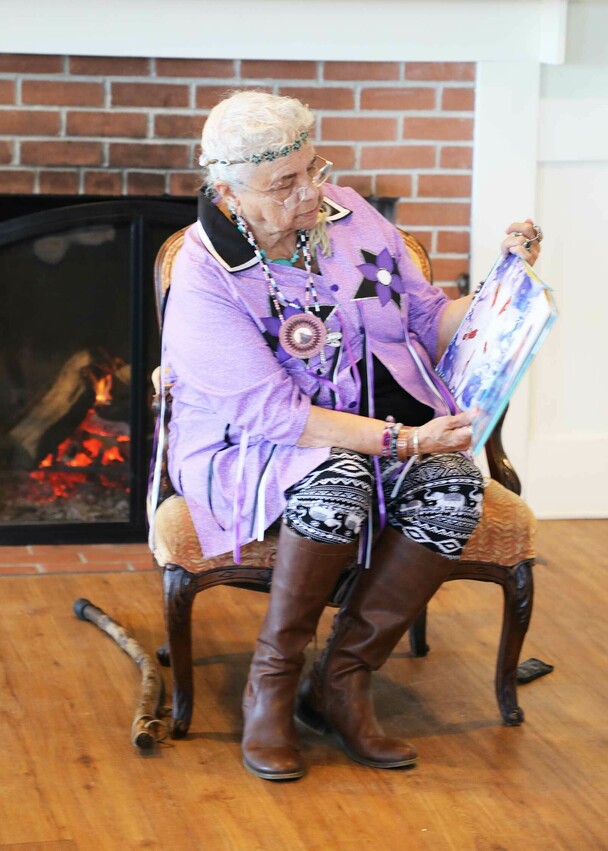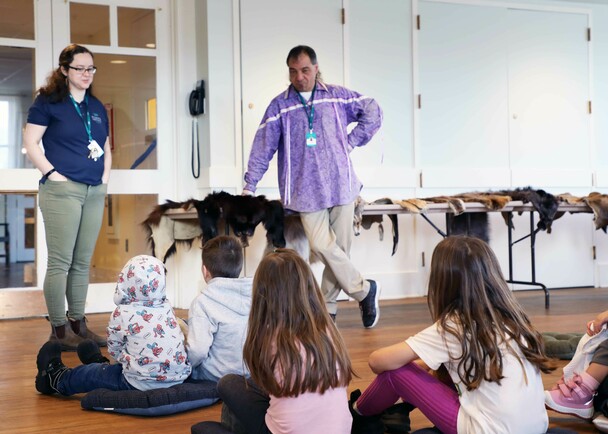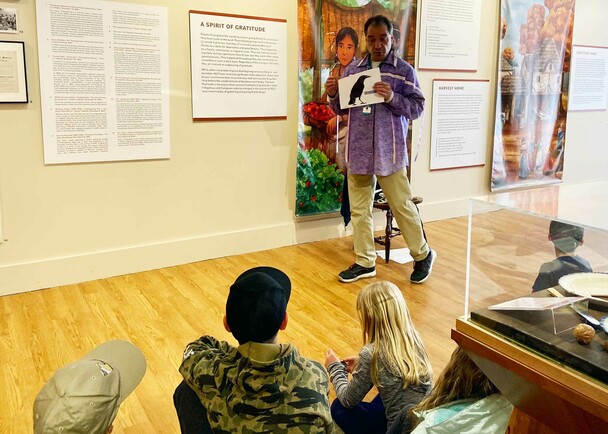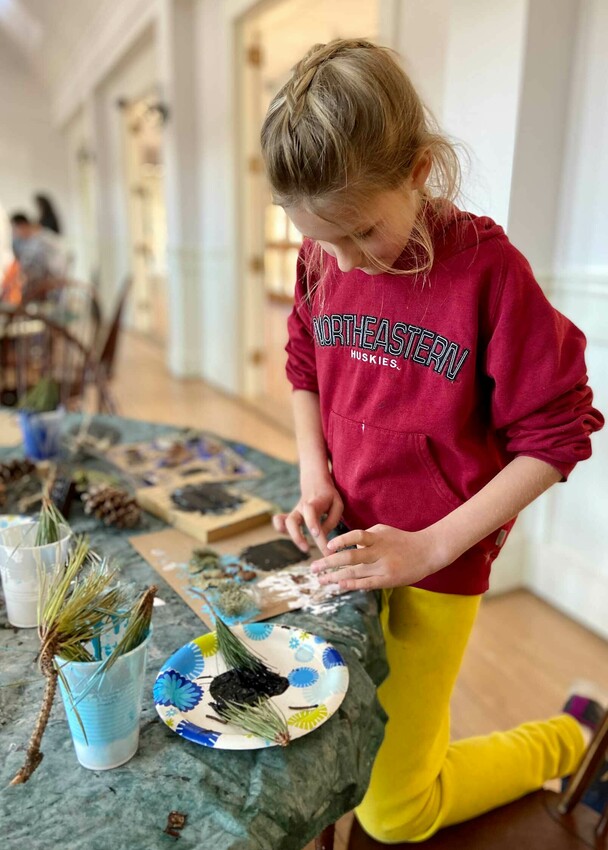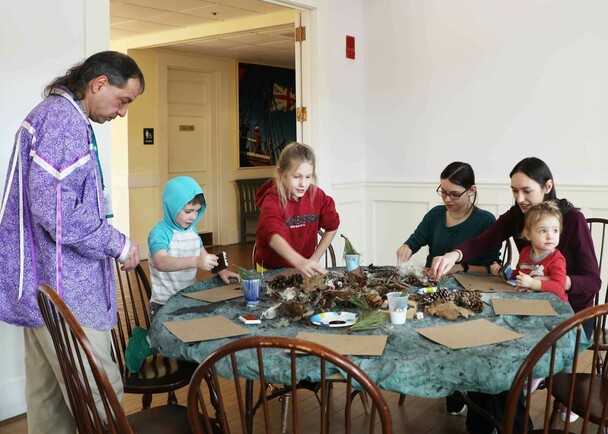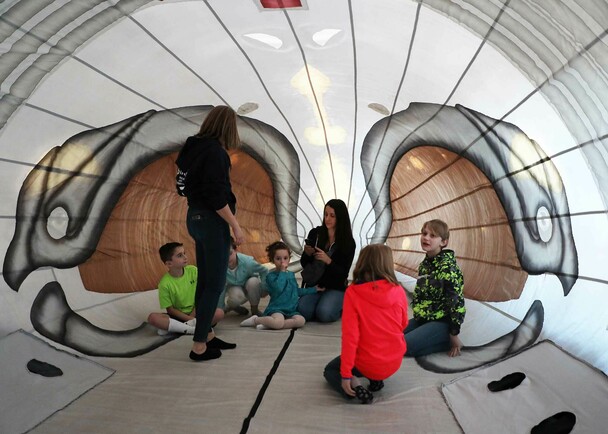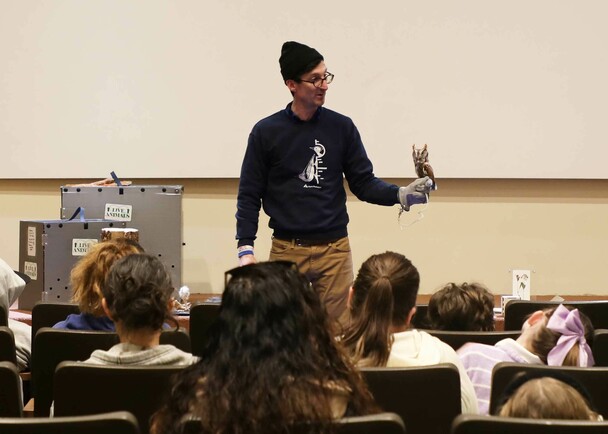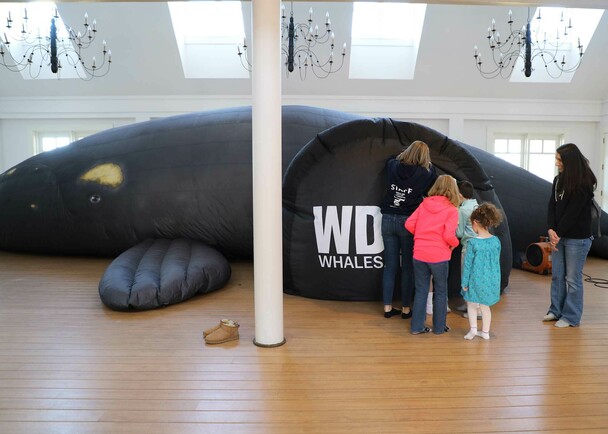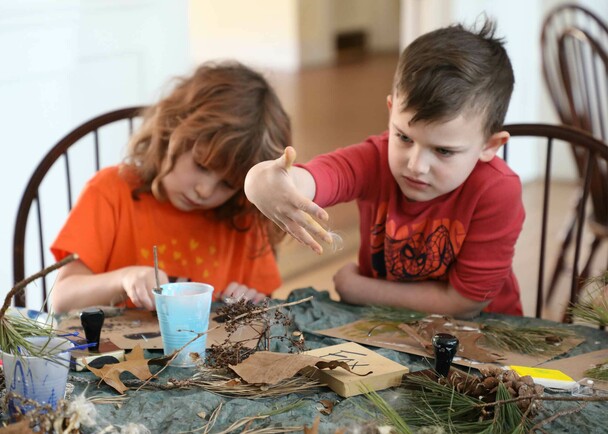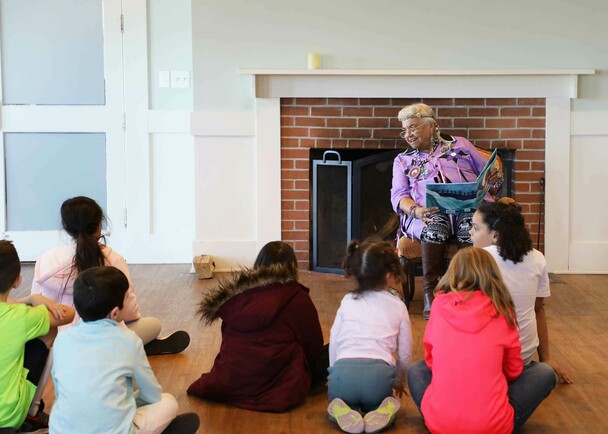February Vacation Sparked Imaginations at the Museum
Young learners got hands-on with history at Pimoth Patuxet for a week of educational programs that were packed with exploration, discovery, and thought-stirring conversations and experiences.
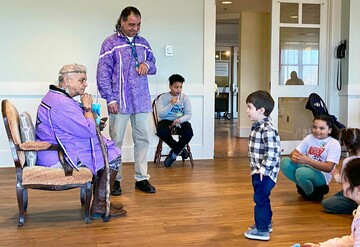
Held at the very heart of Plimoth Patuxet Museums’ is our educational mission. We work to explore and reexamine our national narrative as the world around us continues to evolve and change, enriched by diverse perspectives of history. With the investment of our members and supports, we share this history with learners of all ages and spark thoughtful discussions and understanding.
During the week of February vacation, Plimoth Patuxet proudly welcomed young historians and their families with daily educational programs centered around the theme of animals. Each day offered a new way for learners to make connections between Wampanoag culture and Plymouth Colony through educational presentations and hands-on activities. With philanthropic investment from its partners, the Museum was able to offer these programs free to families with a suggested donation of $5.
Ocean Animals of Patuxet
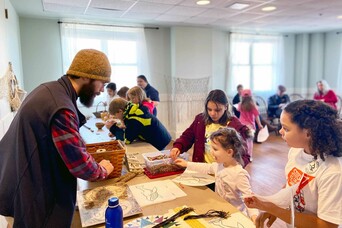
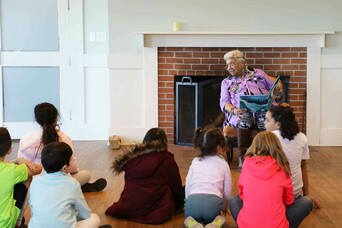
The Museum partnered with its peers at the Whale and Dolphin Conservancy to lead this two-part program. During the first half, educators from the Conservancy taught participants about the importance whales play in the health of our oceans through different activities, including the highlight of the day for many, stepping inside of a life-sized, inflatable North Atlantic right whale named Delilah.
The second half of this program featured stories and crafts that allowed the young learners to further explore the importance of whales to the people of Patuxet and Plymouth. Historic Patuxet Educator Shirley High-Rock read “We are Water Protectors” by Carole Lindstrom, sparking discussions on the importance of environmental protections.
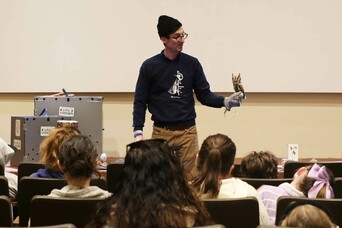
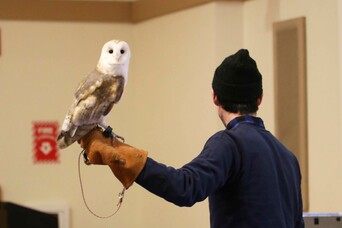
Majestic Birds of Patuxet
Majestic Birds of Patuxet was an exciting day filled with captivating animal encounters with some of Mass Audubon’s raptor ambassadors from the Blue Hills Trailside Museum. Learners were introduced to two owls, and were able to ask questions and learn about wildlife rescues.
After bidding farewell to their new feathered friends, participants experienced enriching interactions with Museum Educators learning about the importance of birds to Wampanoag People. Tim Turner spoke of how Wampanoag communities of the 17th century used different types of birds in their daily lives and discussed the importance of the crow and its connection to corn, beans, and squash.
Woodland Animals of Patuxet
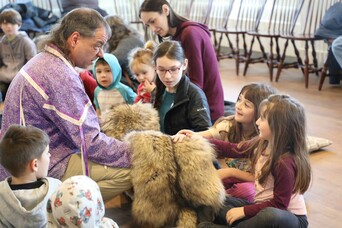
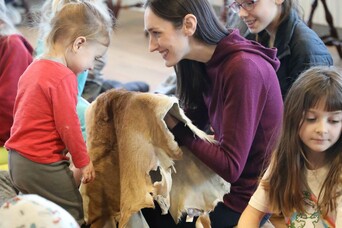
In this program, young learners explored animals through storytelling, crafts, and creative movement.
After reading “Over and Under the Snow,” by Kate Messner, children explored different types of animal tracks and learned how to recognize them. Then, they were able to create art using natural objects found around the Historic Patuxet Homesite, including pine needles, milkweed, and acorns.
Tim Turner, Associate Director of Indigenous Education at Plimoth Patuxet, then taught participants about Wampanoag uses for different animals, including as tools, food, and clothing.
The program concluded with a fun obstacle course, where children tested how well they could move like different types of animals.
Animals of Plymouth Colony
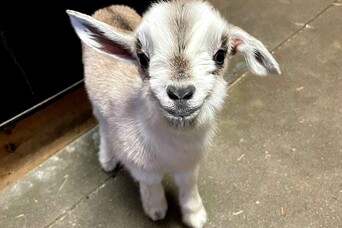
Museum Educators created exciting activities for learners to explore the special roles that animals played in the daily life of the Pilgrims during the 1600s. After discussing how the English brought certain animals to Plymouth Colony and why, children were able go inside the Nye Barn in order to meet three-week-old baby goats from the Museum’s Rare and Heritage Breeds Program.
“Yay! We’re going in the barn! We love barns! And we love cows! And horses! And sheep…..” – Young historian
Once the connection was made between farm animals, dairy, and ice cream the day’s learners went on their way to make their own frozen treat. Museum Educators spoke about the history of ice cream and frozen treats as well as early popular flavors, like orange blossom. Children then broke into two groups in order to make ice cream using cream, sugar, and nestled coffee cans separated by layers of ice and salt. The two groups raced – kicking their homemade ice cream maker along the way – and then sat in a circle to toss the can back and forth quickly while naming their favorite flavors of ice cream. Once it was time to open the coffee cans that they had filled with cream and sugar, children were amazed to see that they had in fact, made ice cream.
This week of rich educational programming was a wonderful success. By offering the programs at low cost thanks to the generous support of philanthropic partners, the Museum was able to ensure equal access to these educational opportunities for young learners. The carefully planned learning activities enabled participants to be hands-on with history and deepen their understanding of the connections between Wampanaog culture and Plymouth Colony.
